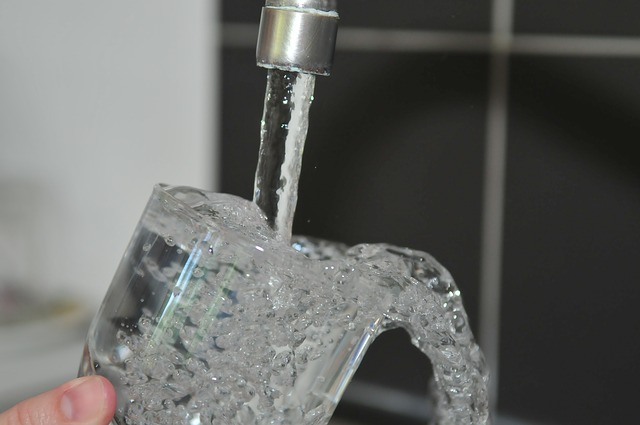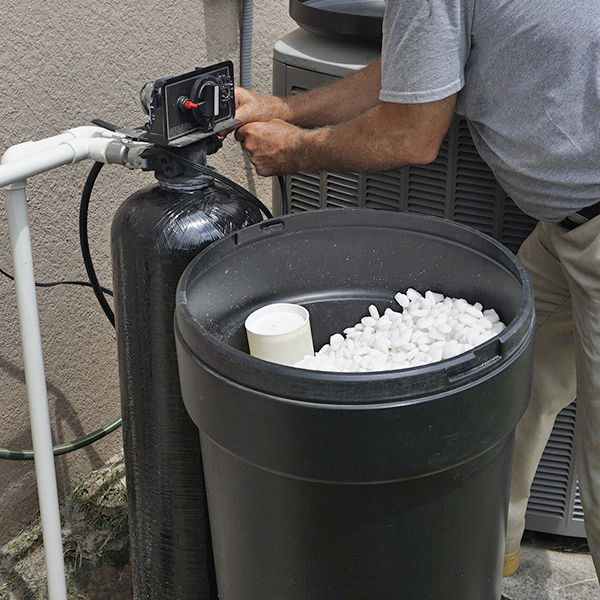A Guide to Water Filtration Systems
If you’re one of the millions of homeowners that can’t stand the way their tap water tastes or smells, you should know that a water filtration system may be the solution. However, with so many systems on the market, which one is best? Here’s our handy guide to home water filtration systems to help you decide whether one is suitable for you and which technology does the best job.
 Sediment Water Filters
Sediment Water Filters
The most common household water filtration system is a sediment filter because it’s cheap and easy to maintain. Sediment filters can be used alone, at the point of entry to a whole house water filter, or in tandem with other water filtration systems. Water flows through a 5-micron pore size filter, which is small enough to trap most volatile particles. Maintaining a sediment filter couldn’t be easier; once the cartridge is dirty, simply replace it with a new one. The significant advantages of the sediment filter are its low cost, the simple replacement process, and the wide range of particles it removes from your water. However, sediment filters don’t remove chemicals like chlorine. If you need that feature, pair it with another device.
Carbon Block Filters
Carbon water filtration has been around for centuries; the ancient Egyptians used charcoal to purify their water. While charcoal is rarely used today, the technology remains essentially the same. The benefit of using carbon block filters is that they’re inexpensive and easy to maintain — just replace the filter every few months, and you’re good to go. Carbon filters work like magnets, attracting large particle contaminants to the filter, so you get clean water out of the other end. And depending on the filter you purchase, you can get one that removes specific chemical contaminants like chlorine, chloroform, and pesticides. Another benefit of using carbon filtration is that you can use it by itself or integrate it with another filtration system.
Reverse Osmosis Water Filtration
Reverse osmosis water filters work by forcing water under pressure through a semipermeable membrane to remove volatile dissolved solids or VODs. Besides the membrane, many reverse osmosis systems include other filtration stages, such as sediment and carbon stages. The sediment filter removes large particles like dirt, rust, and other debris, while the carbon filter reduces the volatile organic compounds like chlorine that make water smell and taste bad. Once filtered, the water goes into a storage tank where it’s ready to drink. Reverse osmosis filtration systems are the most popular because of the amount of material they remove from the water supply, such as:
- Fluoride
- Chlorine
- Salt
- Sediment
- Arsenic
- Herbicides and pesticides
- Volatile organic compounds
The most significant drawback of reverse osmosis purifiers is that they don’t remove bacteria or viruses; however, the water coming from your municipal supplier should be free from these organisms.
UV Sterilizers
Ultraviolet or UV water sterilizers are preferred filters for people concerned about the safety of their drinking water. UV filtration systems use ultraviolet lamps to kill microorganisms like bacteria, viruses, and cysts. Water flows into the system’s UV chamber, where it’s exposed to the light rays before the purified water enters your home. UV sterilizers are ideal for people who don’t trust the water supplied by the city or homeowners who rely on well water. Ultraviolet filters are chemical free and safe for removing 99.99 percent of disease-causing microbes, such as:
- Coliform bacteria
- Salmonella
- coli
- Viruses
- Giardia
- Typhoid fever
- Polio
- Cryptosporidium
- Hepatitis
- Cholera
With So Many Options, Which Is Best?
Choosing the appropriate water filtration system for your household can seem like a daunting task. Not only do you have a plethora of technologies to pick from, but you also have multiple forms. One of the most common forms people choose is the filtered water pitchers that use activated carbon to remove contaminants. However, these water filter pitchers have many drawbacks, including the fact they don’t produce much filtered water to meet the average household demand. Moreover, the filters in these systems don’t last long, making them costly to use, and many people forget to change the cartridges, which renders them useless.
Other options available are faucet-mounted and countertop filters. Faucet-mounted filters connect to the faucet head to clean the water as it comes out of the fixture. Countertop filters work the same way but mount on, well, the counter next to your sink. However, like the pitchers, the filters in these systems aren’t powerful and don’t last long, and many people think they’re more expensive than they’re worth. Truth be told, if you want the most powerful and effective home water filtration system, reverse osmosis is the way to go. True, reverse osmosis systems are more expensive than other systems, but the quality of the water you get out of them makes them worth their weight in gold.
 About Us
About Us
At Tri Florida Water Treatment, we offer complete whole home water treatment and purification systems for households of virtually every size.
We’re a locally operated, family-owned company that’s proudly served residents throughout Polk County and beyond with honest prices since 1984.
Find out what’s in your home’s water by calling us at 863-965-1439 for a free in-home water analysis, or fill out our online contact form.
